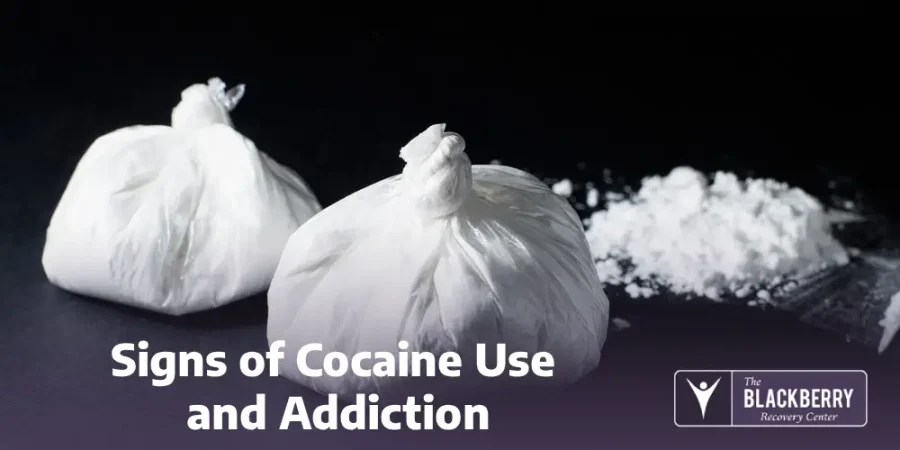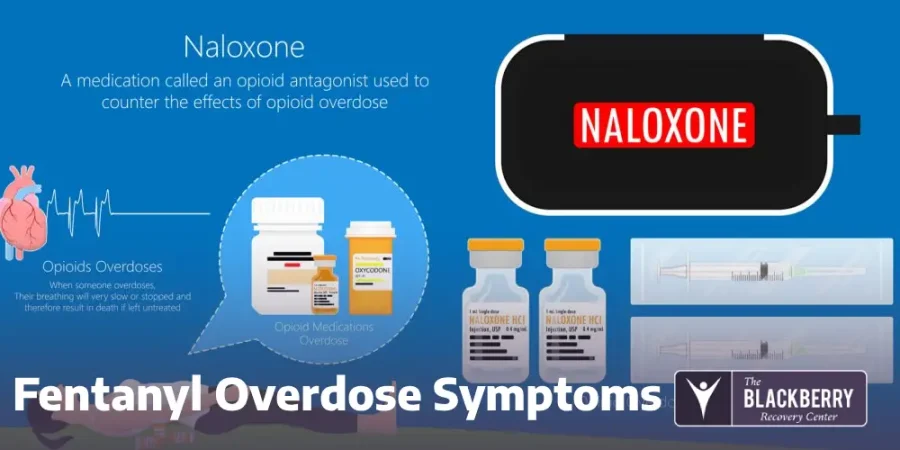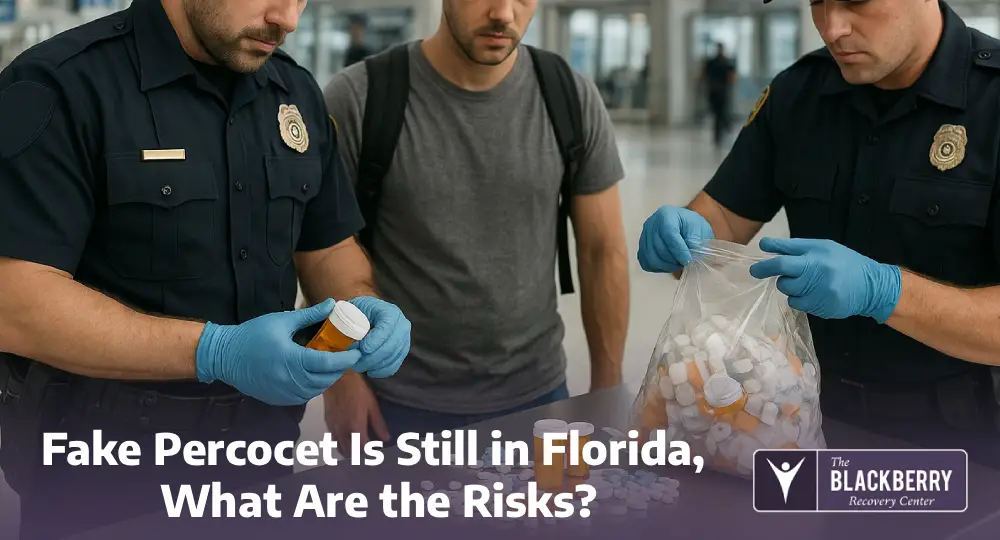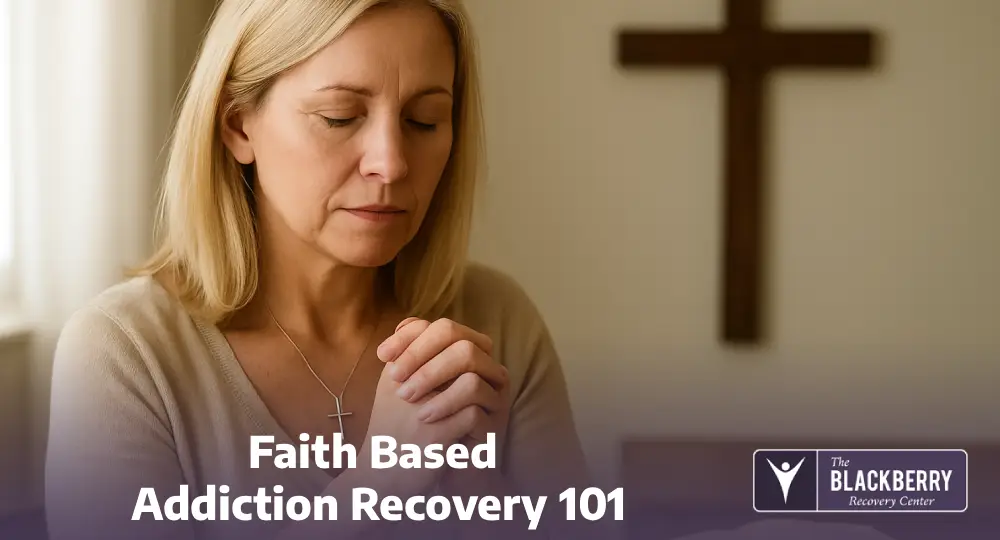Cocaine is a powerfully addictive stimulant drug commonly abused in the United States and Florida specifically. While cocaine has been present throughout the United States’ history, cocaine overdose deaths have skyrocketed in recent years. Sadly, this is true even among casual users. This drastic increase in cocaine overdoses has left many pondering what has changed in the last decade.
Cocaine is derived from coca leaves by isolating the cocaine hydrochloride chemical and has been around ages. Usually, coke is produced as a white powder form that can be smoked, injected, or snorted. However, cocaine can also resemble rock or crystalline (crack cocaine) that can be heated and ingested. Since cocaine is an illegal drug, there are no regulations on making it, and distributors frequently mix or “cut” the drug with substances like baking soda, flour, talcum powder, and other stimulants or illicit materials.
Signs of Cocaine Use and Addiction

Signs of Cocaine Use and Addiction
Drug use can be challenging to pinpoint, even if you are close to a person. However, as drug abuse progresses, some telltale signs of use may surface. For example, signs of cocaine abuse can include:
- Intense mood swings
- Excessive energy or extreme fatigue
- Altered sleep schedule
- Withdrawing from friends or activities
- Aggression or irritability
- Inability to fulfill responsibilities
Physically, someone abusing coke may suffer from ailments like nose bleeds or a runny nose. They may also look thin, malnourished, and complain of headaches, heart palpitations, or stomach issues. As seen when many drugs are used frequently, long-term cocaine use leads to drug tolerance. When this occurs, more of the drug is needed to achieve the same result. Subsequently, the risk of cocaine overdose increases.
Cocaine Overdose Symptoms

Cocaine Overdose Symptoms
A drug overdose occurs when a person ingests more of a substance than the body can process. Once this occurs, medical treatment is warranted. SIgns of acute cocaine toxicity include:
- Elevated body temperature
- Profuse sweating
- Increased blood pressure
- Increased heart rate
- Heart palpitations
- Chest pain
- Loss of vision
- Vomiting
- Seizures
- Heart attack
- Stroke
Cocaine toxicity can also result in profound mental effects. In addition to the physical consequences listed above, a coke overdose can also include confusion, paranoia, extreme anxiety, hallucinations, and delirium. In either case, treatment for cocaine overdose requires prompt medical attention. Therefore, if cocaine toxicity symptoms are noticed, call 911 immediately.
The Sharp Rise in Cocaine Overdose Deaths
Opioids and cocaine are two very different drugs. Coke is a central nervous system stimulant, while opioids work to depress the CNS. Therefore, when ingesting cocaine laced with fentanyl, many people are unknowingly taking two different substances. This can result in a speedball effect that taxes a person’s entire system. To complicate matters, the user is usually completely unaware they have purchased a mixture of drugs.
Fentanyl Overdose Symptoms

Fentanyl Overdose Symptoms
Opioid overdose symptoms differ from those of cocaine. However, in today’s drug market using any illicit drug puts you at risk of a fentanyl overdose. Due to this, it is imperative to understand the symptoms of fentanyl toxicity. In short, opioid overdoses can be characterized by three main symptoms:
- Pinpoint pupils
- Reduced respiratory rate
- Unconsciousness
Other signs of a fentanyl overdose that may accompany the opioid triad include:
- Decreased heart rate
- Blue lips or nails
- Extreme fatigue
- Low blood pressure
- Lack of coordination
- Confusion
If signs of fentanyl use surface after cocaine use, it is likely to have been cut with fentanyl. In these cases, it is possible to treat the opioid overdose with Narcan (naloxone). However, it is important to recognize that Narcan will not treat cocaine toxicity. Sadly, most cocaine users are caught off-guard by the presence of fentanyl in the coke supply, and the overdose becomes fatal. Logically, the only surefire way to avoid a cocaine overdose is to stop using cocaine.
Video
Breaking the overdose stigma | Jennifer Skolaski – TED TALK
During an overdose epidemic where hundreds of thousands of people are dying every year, innovative answers that can bring hope and save lives are desperately needed. One such answer is working in the speaker’s hometown, in the form of an Overdose Fatality Review (OFR) Team, with participants from 35 agencies, using a holistic approach to discovering why individuals have died from overdose.
News Audio
Stimulant users caught up in fatal ‘fourth wave’ of opioid epidemic – NPR
In Pawtucket, R.I., near a storefront advertising “free” cell phones, J.R. sat in an empty back stairwell and showed a reporter how he tries to avoid overdosing when he smokes crack cocaine. Read More
FAQ
- Why are cocaine overdose deaths increasing?
Cocaine is increasingly being laced with powerful opioids like fentanyl, which can be fatal even in small doses. Users often don’t know their supply is tainted. - What drugs are commonly found contaminating cocaine?
Fentanyl and its analogs are the most dangerous adulterants found in street cocaine today. Other cutting agents can include levamisole and synthetic opioids. - Can someone overdose the first time they use tainted cocaine?
Yes. Even a tiny amount of fentanyl-laced cocaine can cause a fatal overdose — even for first-time users or people with high drug tolerance. - How can I recognize signs of a cocaine or opioid overdose?
Signs include slowed or stopped breathing, blue lips or fingertips, unconsciousness, and gurgling sounds. Cocaine-fentanyl mixtures can cause mixed symptoms like agitation followed by collapse. - What can be done to prevent tainted cocaine overdoses?
Prevention includes harm-reduction strategies like drug testing strips, public education, access to naloxone (Narcan), and never using drugs alone.






